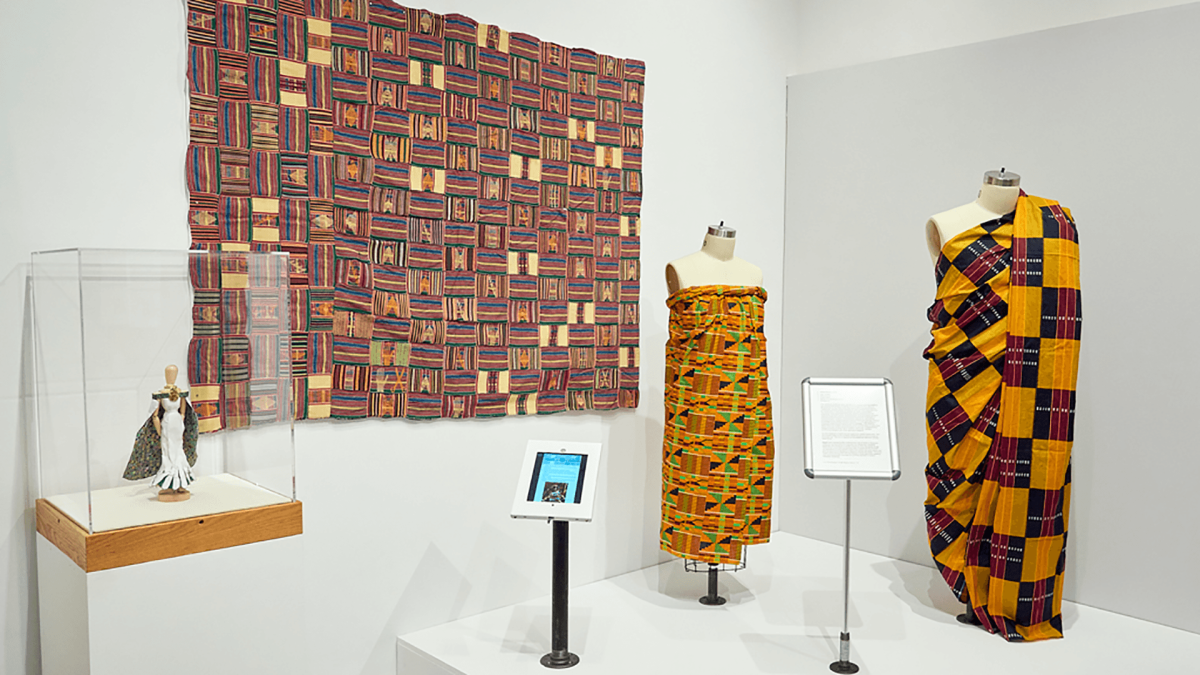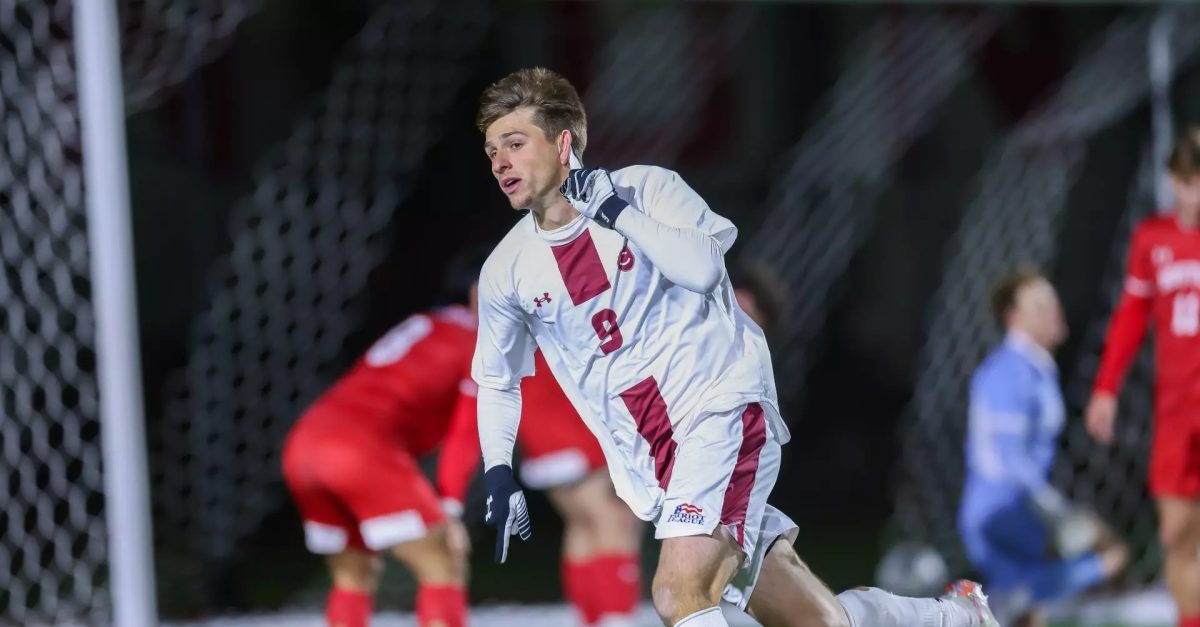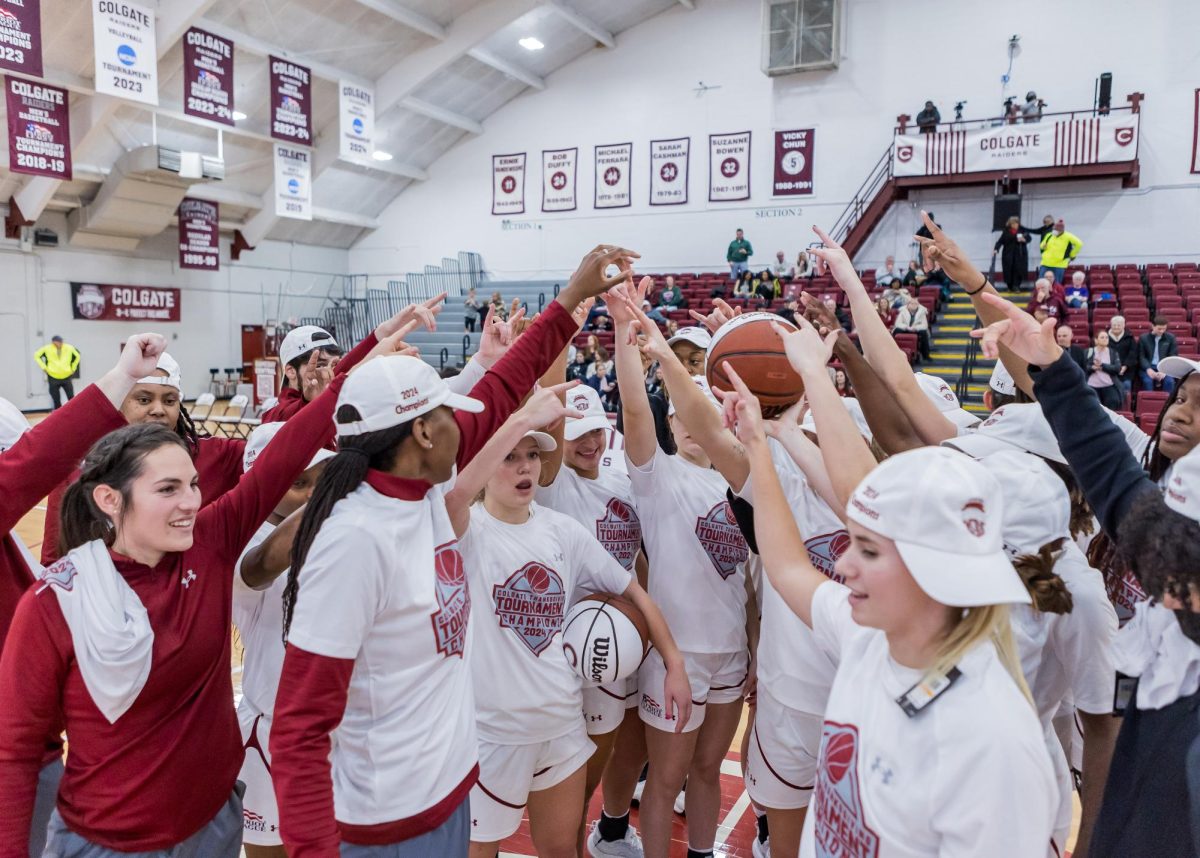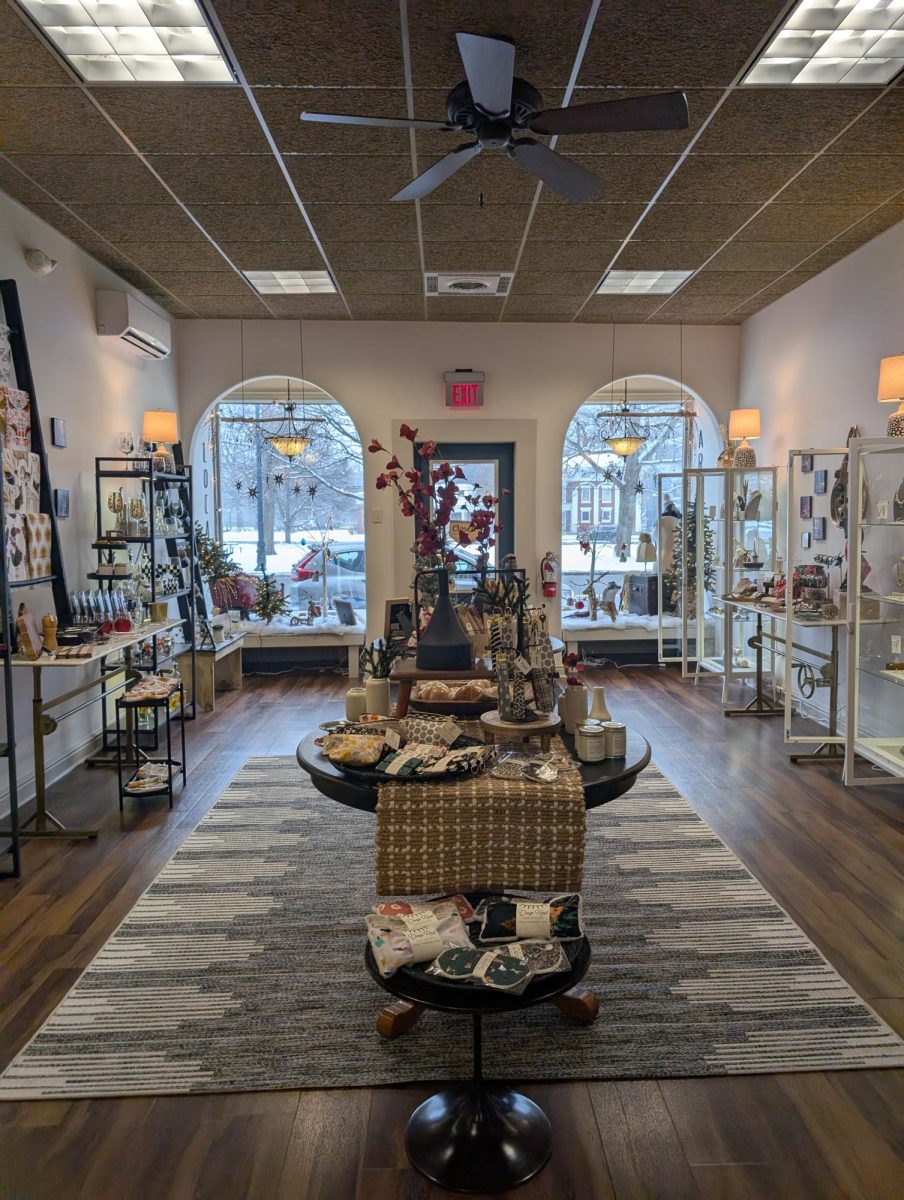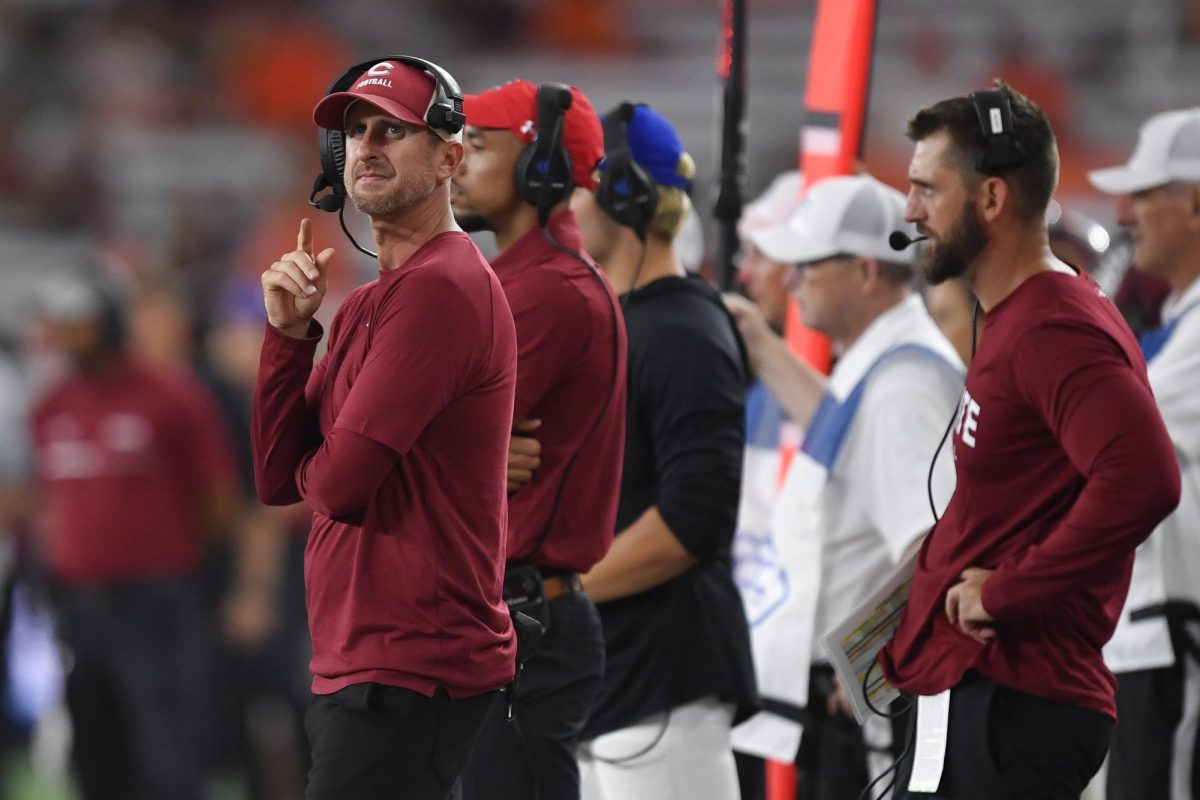The Longyear Museum of Anthropology, located within Alumni Hall, was originally founded by John Munro Longyear III, a Colgate University professor in the department of sociology and anthropology in the 1950s. Known for its iconic collections featuring cultural heritage materials from the Americas, Africa, Asia, Indonesia and Oceania, Longyear serves as a physical engagement with what it means to be human.
Co-Director of University Museums and Curator of Longyear, Rebecca Mendelsohn, explained the significance of the museum and what students can learn from the various exhibits.
“At its core, an anthropology museum is a museum about people. Because of this orientation, we see collections and exhibitions as an opportunity to engage with human experiences,” Mendelsohn said. “By learning about one another, we hope that students will be equipped to be engaged and empathetic citizens as they step out into the wider world.”
The founder’s mission was to develop a collection that could be used for teaching. After the birth of his idea, Longyear began assembling archaeological and ethnological (historical) collections. During the 1990s focus shifted to contemporary art by indigenous artists and makers. Today, Longyear’s goal continues to be upheld. The Longyear collections are a campus-wide resource. Many students engage with the collections during their classes and the museum offers deeper work with the collections through paid internships. In addition to outreach within the Colgate community, the museum invites schools and community groups from the broader Madison County to learn from their collection. Teachers and curators craft itineraries that complement their classroom teaching and add to a holistic learning experience.
Unfortunately, the Longyear Museum is closed this semester. As Mendelsohn explained, the museum and its workers are spending time this semester focusing on repatriation projects, a task that is both difficult and time-consuming.
“The sad truth is that we still have the remains of many people, including Indigenous ancestors, housed in the museum collections,” Mendelsohn said. “Getting these individuals, as well as other sacred items in our collections, returned to their communities of origin is our top priority right now.”
The repatriation undertaking is required by law for collections in the United States under the Native American Graves Protection or Repatriation Act (NAGPRA). The museum currently has 14 NAGPRA cases open and one international voluntary repatriation. NAGPRA is a human rights law that is approached in a way that prioritizes the wants and needs of sovereign nations.
Kelsey Olney-Wall, Longyear’s repatriation manager, explained the meaning behind repatriation.
“At the Longyear Museum, we always want to make sure we rethink the concept of ‘ownership’ and ‘expertise’ when it comes to museum care of collections, policies and procedures,” Olney-Wall said.
Olney-Wall oversees all the outreach, consultation schedules and drafting of notices to return belongings to bands, nations and tribes across the country.
Just as the larger Colgate community struggles to come to terms with its past regarding indigenous heritage, Longyear is taking important steps during this time toward creating collections that they are proud to teach with and learn from.
Longyear collections are acquired through purchases by museum curators or gifts from individuals. Mendelsohn highlighted the recent acquisition of a painting by Brandon Lazore, a painter from Onondaga Nation. They were also gifted Peruvian textiles. In the spring, Mendelsohn looks forward to opening a new student-curated exhibition, in addition to creating opportunities for students to share their feedback on what they would like to see from Longyear as well as other University museums.
The Longyear Museum plays an important role on campus. As many students understand, Colgate was built on Oneida land. Longyear confronts this history and highlights the rich cultural heritage of the area by showcasing artifacts and engaging with the community. People can now browse many of the Longyear collections online at their website. This is a great way to explore what the museum holds while they are closed for the semester. Staff members and student museum ambassadors encourage students to reach out to them with questions or ideas.


